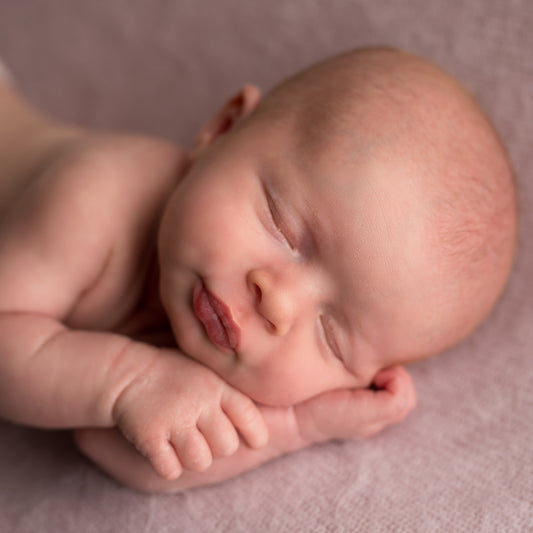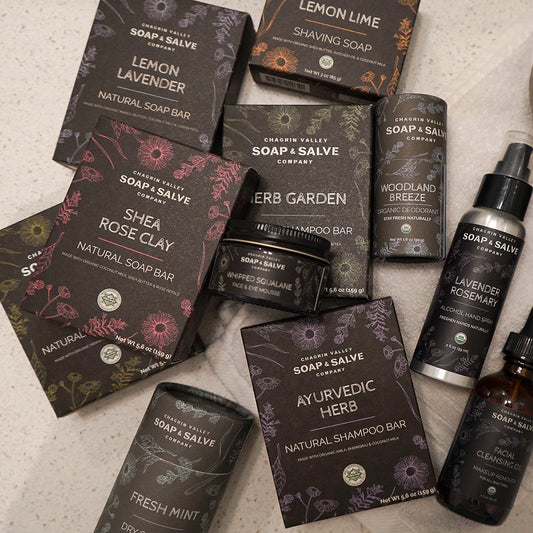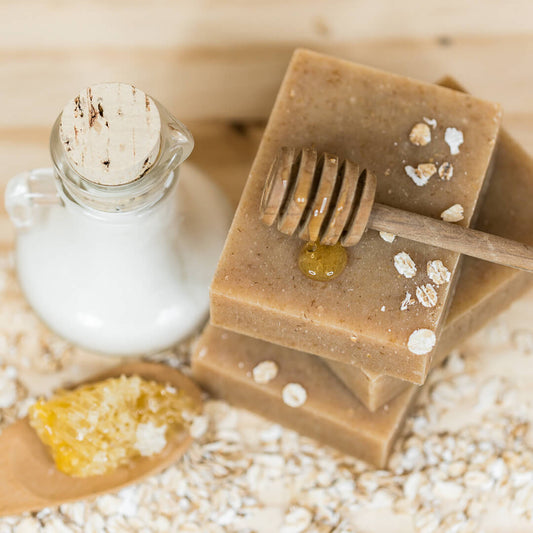Natural Help For Cradle Cap
What Is Cradle Cap?
 Medically termed infantile seborrheic dermatitis, cradle cap is very common in young infants. It usually appears on the scalp and occurs most often between the ages of two and six months but can last longer.
Medically termed infantile seborrheic dermatitis, cradle cap is very common in young infants. It usually appears on the scalp and occurs most often between the ages of two and six months but can last longer.
Your baby may experience a mild form with flaky, dry skin that looks like dandruff. A more severe case will have thick, oily, yellowish, or brown scaling or crusting patches.
The scales flake and may make the affected area look red. Sometimes the hair will come away with the flakes, but it will grow back.
Cradle cap is not contagious, usually harmless, and generally does not bother babies. While it is often confused with infantile eczema, cradle cap is different because it does not cause itching as eczema would.
Cradle cap typically starts on the baby's scalp, but you may also notice some patches around the nose, ears or eyebrows, on the eyelids, or even in armpits and other creases such as behind the knees and groin area.
What Causes Cradle Cap?
 Cradle cap is an inflammation of the oil-producing glands in the scalp. The cause is not known.
Cradle cap is an inflammation of the oil-producing glands in the scalp. The cause is not known.
It is NOT caused by poor hygiene or allergies. Some experts believe that hormones released by the mother during the final stages of pregnancy over-stimulate the baby's oil-producing glands.
These oil-producing glands, known as sebaceous glands, are found in the skin and produce an oil-like substance known as sebum. The greatest concentration of sebaceous glands is found on the face and scalp.
With cradle cap, the overactive sebaceous glands produce too much sebum. As a result, old skin cells that normally dry and slough off, now stick to the scalp. This is similar to the causes of dandruff in adults.
Some believe it may be due to an overgrowth of a yeast-like fungus called Malassezia. While Malassezia is a normal inhabitant of the scalp, for some, this yeast-like fungus grows out of control, irritates the scalp, and causes excess skin cells to grow and build up on the scalp.
Our Baby Me! Organic Baby Bum Salve is made with healing herbs and antifungal wildcrafted myrrh that may help prevent or decrease fungal growth.
How Do We Treat Cradle Cap?
While there is no definite treatment for cradle cap, it is a good idea to begin with natural products that do not contain harmful chemicals and add more irritation to the baby’s delicate skin.
 Our Milk & Honey Baby Soap makes a great natural shampoo. Create a bit of lather in your hands and shampoo away. While we only use simple, natural, and organic ingredients, it is soap, so take care to keep soap away from baby's eyes.
Our Milk & Honey Baby Soap makes a great natural shampoo. Create a bit of lather in your hands and shampoo away. While we only use simple, natural, and organic ingredients, it is soap, so take care to keep soap away from baby's eyes.
Here are some suggestions to help reduce the build-up of scales that causes cradle cap:
- Just before shampooing, gently massage the baby's scalp with your fingers or a very soft brush to loosen the scales.
- Shampoo, using a mild natural soap 3 or 4 times per week (shampooing too often can dry out the scalp), followed by gentle brushing with a soft brush to loosen scales.
- Soften the scales with a natural baby oil first, followed by gentle brushing, and then wash off with baby shampoo.
- For heavy scales, massage our Organic Baby Me! Unscented Bath & Body Oil or our Baby Bum Salve into the scalp and cover with a little cap overnight and shampoo in the morning.
When using a brush, remember that your baby’s scalp is very sensitive. Use only a very soft brush made for babies and do not brush too hard or focus on the same spot for too long.
Once the scales disappear, repeat a gentle washing every few days to prevent their return. Remember to be careful around the soft spot.
While some people recommend olive oil, it is a heavy oil and can become sticky and difficult to wash off. You do not want to leave the oil on the baby’s head, it may clog pores and exacerbate the problem.
Never pick at the crusts on your baby's scalp as it could lead to infection. If the scalp looks red, irritated, or starts weeping, it could be a sign of infection.
*Cradle cap is rarely a serious condition but as a concerned parent you can never be too cautious when dealing with an infant—always consult your health care provider if you have any concerns.
Learn More Blog: How To Do Natural Baby Massage






